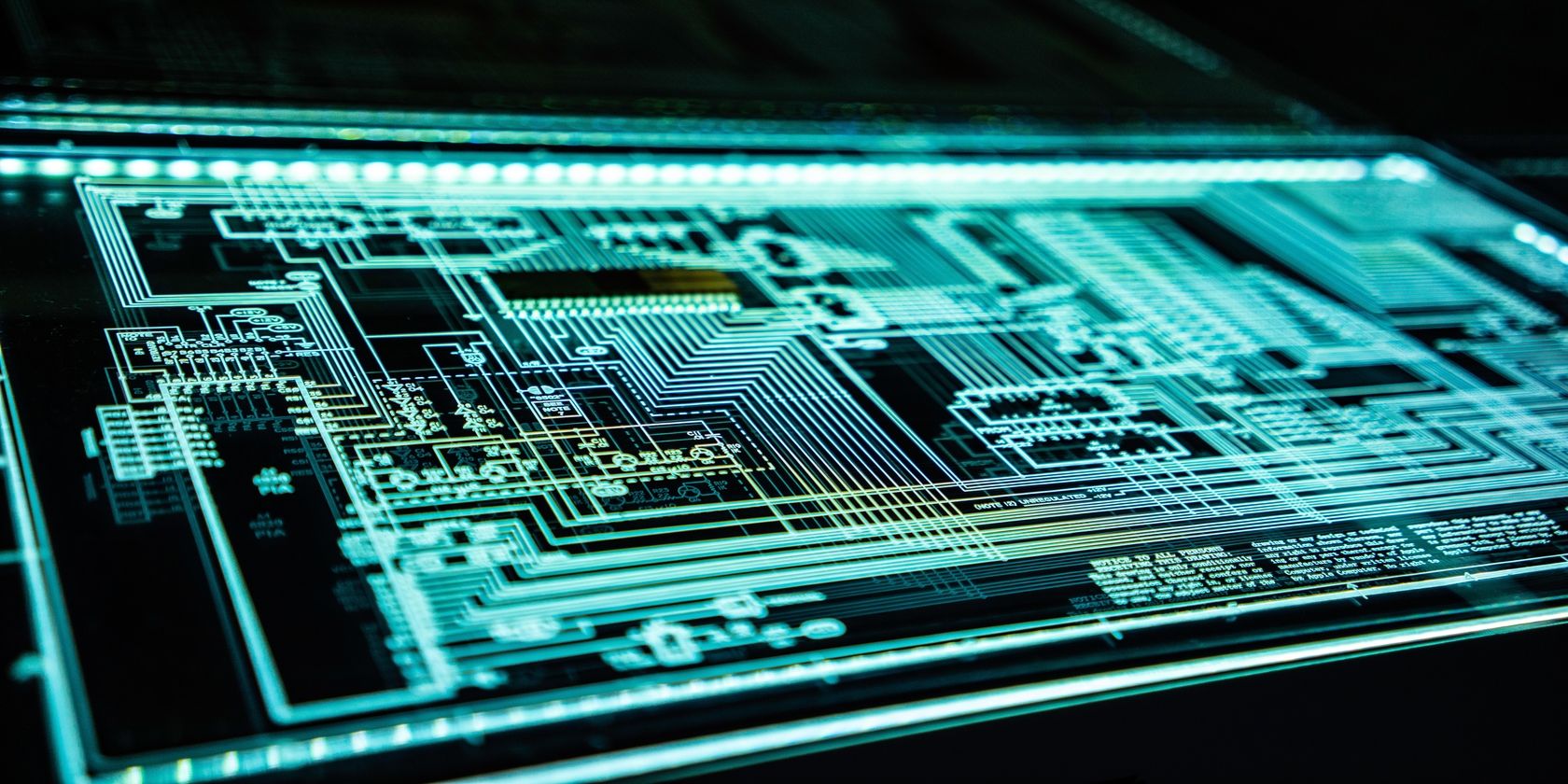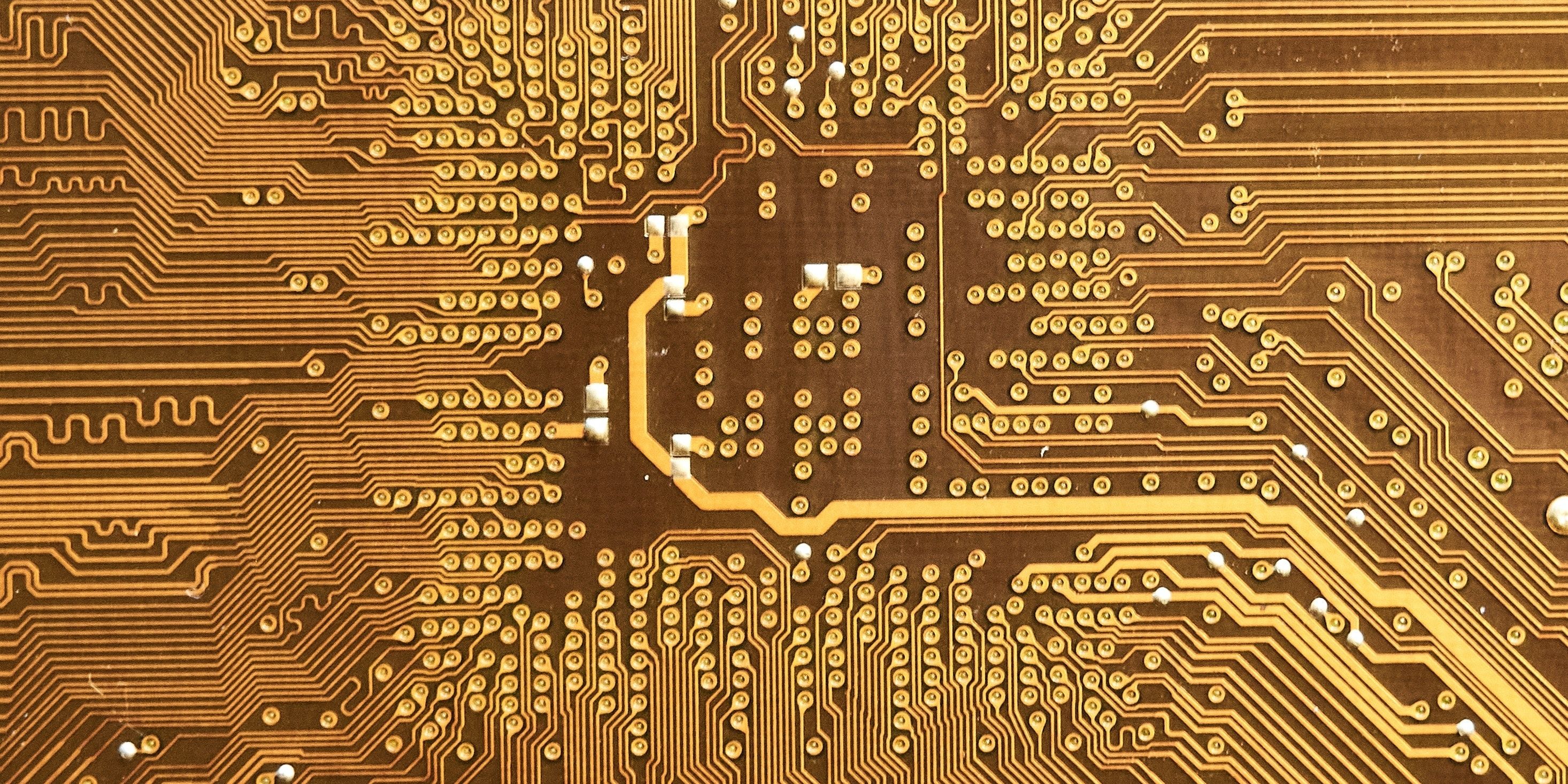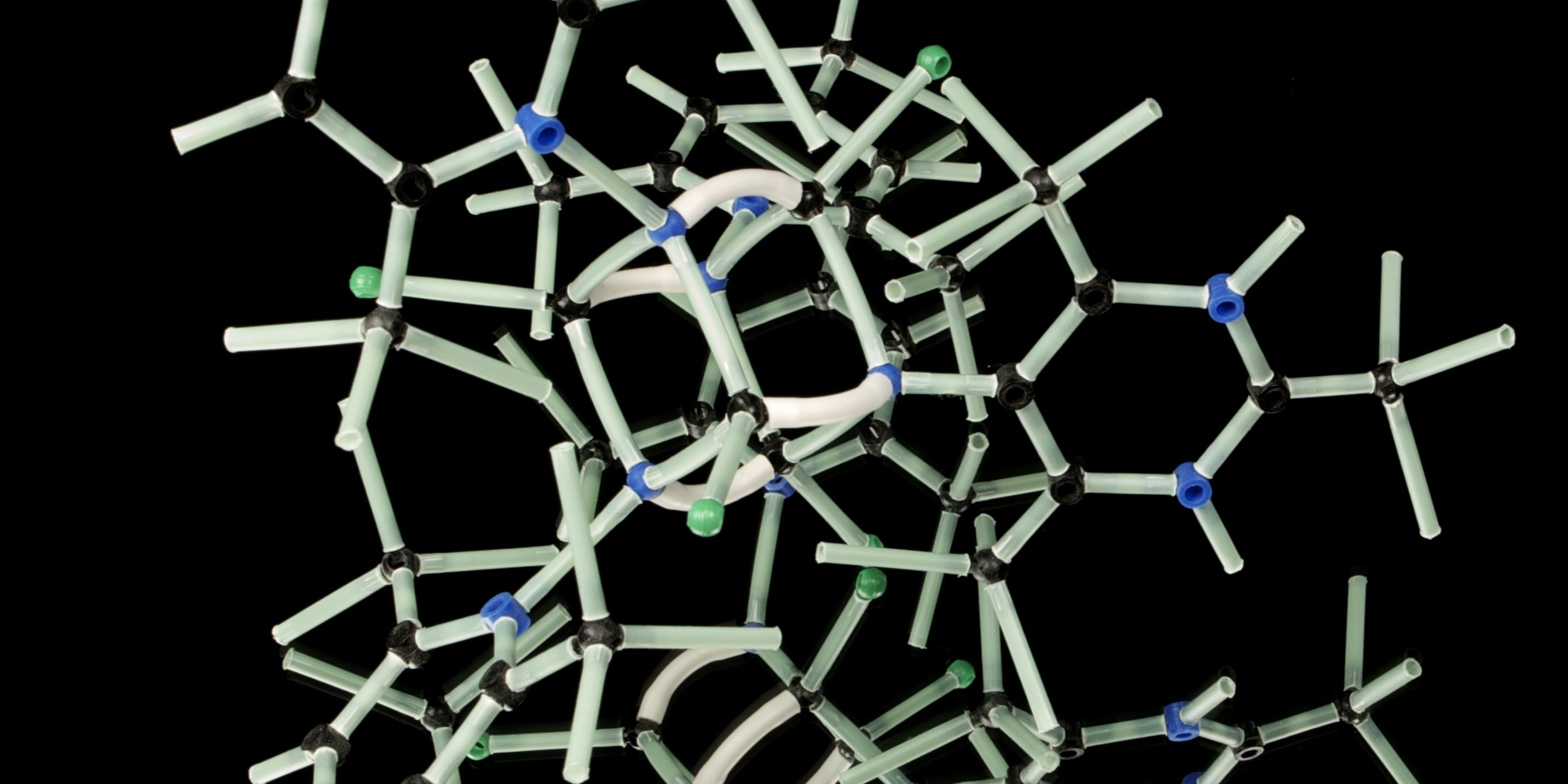As technology improves, so the drive to make devices as small as possible increases. We see this all around us; from the evolution of supercomputers to microcomputers, the world has been about scaling down as much as possible.
What Is Nanocomputing?
As the name implies, nanocomputing refers to computing processes and devices that are really small. It is a term used to describe the manipulation, processing, and representation of data by computers smaller than a micrometer. Nanocomputing devices are made of semiconductor transistors 100 nanometers and less in length.
Let's break it down. Nanocomputing can be broken down into two words: "nano" and "computing." Computing is the use of a computer (hardware or software) to process data and perform algorithmic processes. Nano is from the word nanometer. Just like the centimeter and meter, the nanometer is a unit of measurement of length, and is one-billionth of a meter.
How Small Is a Nanometer?
Saying a nanometer is a billionth of a meter could be very abstract for you to grasp. So, we decided to relate it to the everyday world.
- A strand of human DNA is 2.5 nanometers in diameter
- A sheet of paper is about 100,000 nanometers thick
- There are 25,400,000 nanometers in one inch
- One nanometer is about as long as your fingernail grows in one second
- A single gold atom is about a third of a nanometer in diameter
- On a comparative scale, if the diameter of a marble was one nanometer, then diameter of the Earth would be about one meter
- A human hair is around 75 microns (abbreviated 75μm) or 75,000nm (nanometers) in diameter
Nanotechnology and Nanocomputers
Nanotechnology is the use of extremely small things like atoms and molecules to produce systems, structures, and devices. It involves the study (science and engineering) of matter with dimensions between one to hundred nanometers.
A nanocomputer is a computer with really tiny circuitry that can only be seen with the aid of a microscope. Our current gadgets are made of semiconductors under hundred nanometers in length. Nanocomputers work by storing data in quantum dots or spins.
What Is a Nanocomputer Made Of?
Like most computers, nanocomputers are made of computer chips and the only difference is that they are considerably smaller than the microchips you know. Computer chips are made from a semiconductor called silicon.
As the years increase and the quest to create even smaller devices grows, more and more transistors are crammed into silicon. Modern processors contain billions of transistors interconnected by fine copper wires. Each transistor serves as an on/off switch, sending, receiving and processing information, and controlling the current through the chip.
Advantages of Nanocomputing
Nanocomputing means computing processes carried out by devices scaled down by ten or hundred units until they are less than a hundred nanometers. This scaling down increases the circuit functionality exponentially up to ten thousand times.
It also means that the computing power of the device is increased a millionfold. This leads to reduced power consumption and greater battery life. Making smaller boxes and fans to cool the circuits would also be unnecessary.
Nanocomputers are also significantly faster than other microcomputers and are able to perform calculations that other computers would be incapable of doing. Their reduced size is also an added advantage as they become smaller, lighter and easily portable. They are also immune to noise and other disturbances.
Disadvantages of Nanocomputing
Even though nanocomputing comes with a lot of advantages, it also has its disadvantages. Making devices that function on the basis of nanotechnology is very expensive and difficult. Scaling down devices into microscopic size demands a level of technicality and expertise that can only be met by large amounts of funds.
Nanocomputing also poses a threat to the present economy. The advent of nanotechnology, like many other new technologies, causes a substantial change in many economic areas. At first nanocomputers would be expensive luxury and unaffordable but over time they would become more popular and commonplace. This would greatly impact the market because technologies and companies that do not adapt or improve would go out of business. And this could lead to loss of jobs.
The microscopic nature of nanocomputer would also be a disadvantage as they are virtually undetectable. Nanocomputers can also be made into microscopic recording devices and secretly record and breach the privacy of people without any detection.
Applications of Nanocomputing
The advantages of nanocomputing makes it useful in different fields and processes. Faster computing processes provide an increased level of accuracy in developing machine learning and artificial intelligence, predicting weather patterns and recognizing complex figures in images.
The two main applications of nanocomputing we have at this moment are DNA nanocomputing and quantum computing.
DNA Nanocomputing
Nanocomputing involves using nanoscale structures to make computing processes. Nanoscale structures like protein and DNA (deoxyribonucleic acid) can be used to produce nanocomputers.
DNA computing involves using DNA, molecular biology hardware, and biochemistry to perform computing processes instead of the traditional electronic computing which makes use of silicon chips. Information in DNA is represented using a four-character genetic alphabet (A [adenine], G [guanine], C [cytosine], and T [thymine]), instead of the binary numbers (1 and 0) used by traditional electronic computers.
When applied to separate and non-sequential tasks, the DNA nanocomputer is better than the traditional electronic computer as it can store a larger amount of data in memory and conduct multiple operations at once. DNA nanocomputers are considerably faster than their electronic counterparts.
DNA nanocomputing is applied in medicine to control drug delivery into the bloodstream and detect antibodies in a person's immune system.
Quantum Computing
Like DNA nanocomputing, instead of using traditional silicon chips to perform computing processes, quantum bits or qubits are used. A quantum bit (qubit) is a basic unit of quantum information. It is the quantum version of the classical bit but it can store larger information than a bit.
Quantum computing is one where the computing processes depend largely on the principles of quantum theory i.e. the behavior of energy on atomic and subatomic levels. While computers use 1s and 0s to encode information, quantum computing uses qubits which can exist in more than one state (as 1 and as 0) at a time.
Quantum computers are exceptionally faster than the traditional computer. Quantum computing can be used to improve machine learning, simulate drug response, improve transportation logistics and financial models, and process large amount of data at high speeds.
Nanocomputing and the Future
Nanocomputing is a branch of nanotechnology that involves scaling down computing systems and structures to few nanometers. Although it might take a few decades before radical nanocomputing technology becomes commercially achievable, nanocomputing is going to revolutionize the way computers work and are built.




